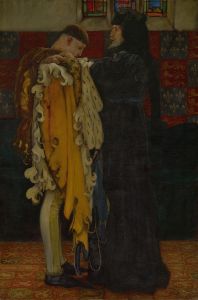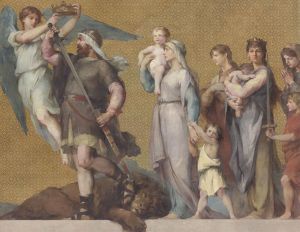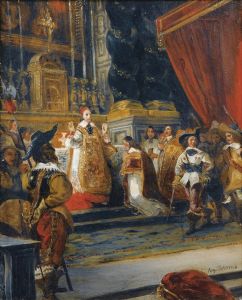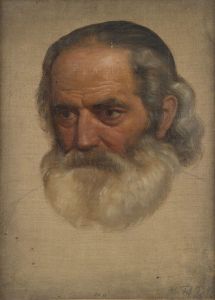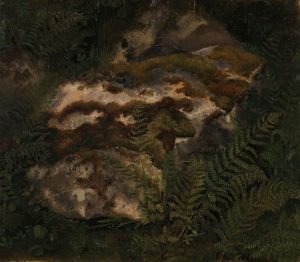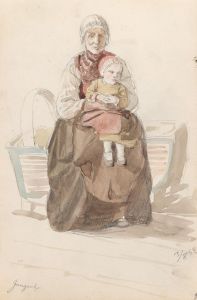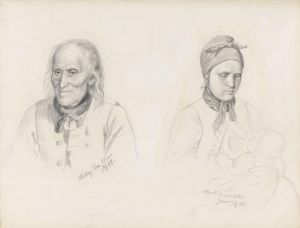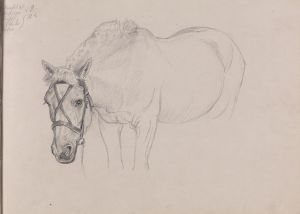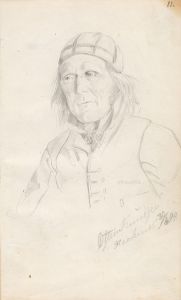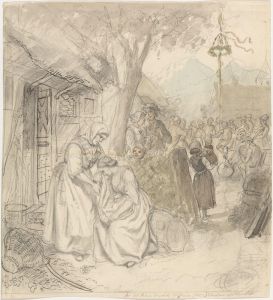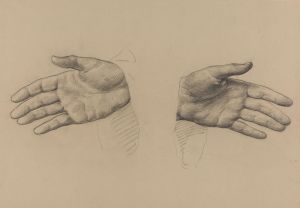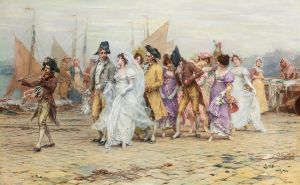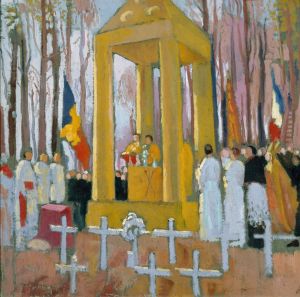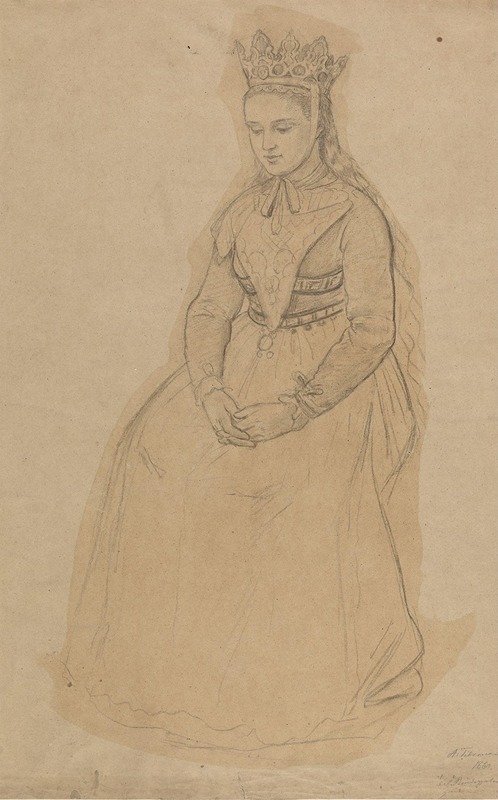
Brud
A hand-painted replica of Adolph Tidemand’s masterpiece Brud, meticulously crafted by professional artists to capture the true essence of the original. Each piece is created with museum-quality canvas and rare mineral pigments, carefully painted by experienced artists with delicate brushstrokes and rich, layered colors to perfectly recreate the texture of the original artwork. Unlike machine-printed reproductions, this hand-painted version brings the painting to life, infused with the artist’s emotions and skill in every stroke. Whether for personal collection or home decoration, it instantly elevates the artistic atmosphere of any space.
Adolph Tidemand (1814–1876) was a prominent Norwegian painter known for his depictions of rural life and traditional Norwegian culture during the 19th century. One of his notable works is Brud (translated as The Bride), which exemplifies his focus on capturing the customs, costumes, and emotional depth of Norwegian peasant life.
Brud portrays a young bride in traditional Norwegian wedding attire, a subject that reflects Tidemand's interest in documenting the cultural heritage of Norway during a time of national romanticism. The painting is celebrated for its detailed representation of the bride's costume, which includes intricate embroidery and a distinctive bridal crown, elements that were characteristic of Norwegian wedding traditions in the 19th century. These details not only highlight Tidemand's technical skill but also serve as an important historical record of Norwegian folk traditions.
The composition of the painting emphasizes the bride as the central figure, often depicted with a serene or contemplative expression, suggesting the emotional significance of the moment. Tidemand's use of light and color enhances the focus on the bride, creating a sense of intimacy and reverence. The background and surrounding elements in the painting are typically rendered with less detail, ensuring that the viewer's attention remains on the bride and her attire.
Adolph Tidemand was a key figure in the Norwegian romantic nationalism movement, which sought to celebrate and preserve the country's unique cultural identity. His works, including Brud, were instrumental in fostering a sense of national pride and cultural awareness during a period when Norway was seeking to assert its independence and identity, particularly in the arts. Tidemand often traveled to rural areas of Norway to study and document local customs, which he then incorporated into his paintings.
While Brud is not as widely known as some of Tidemand's other works, such as Haugianerne (The Haugeans) or Bestefarens Erindringer (Grandfather's Memories), it remains an important example of his dedication to portraying Norwegian traditions with authenticity and respect. The painting is part of a broader body of work that has earned Tidemand recognition as one of Norway's most significant 19th-century artists.
As with many of Tidemand's works, Brud is valued not only for its artistic merit but also for its contribution to the preservation of Norwegian cultural history. The painting continues to be appreciated by art historians and enthusiasts for its role in documenting the traditions and aesthetics of a bygone era.





